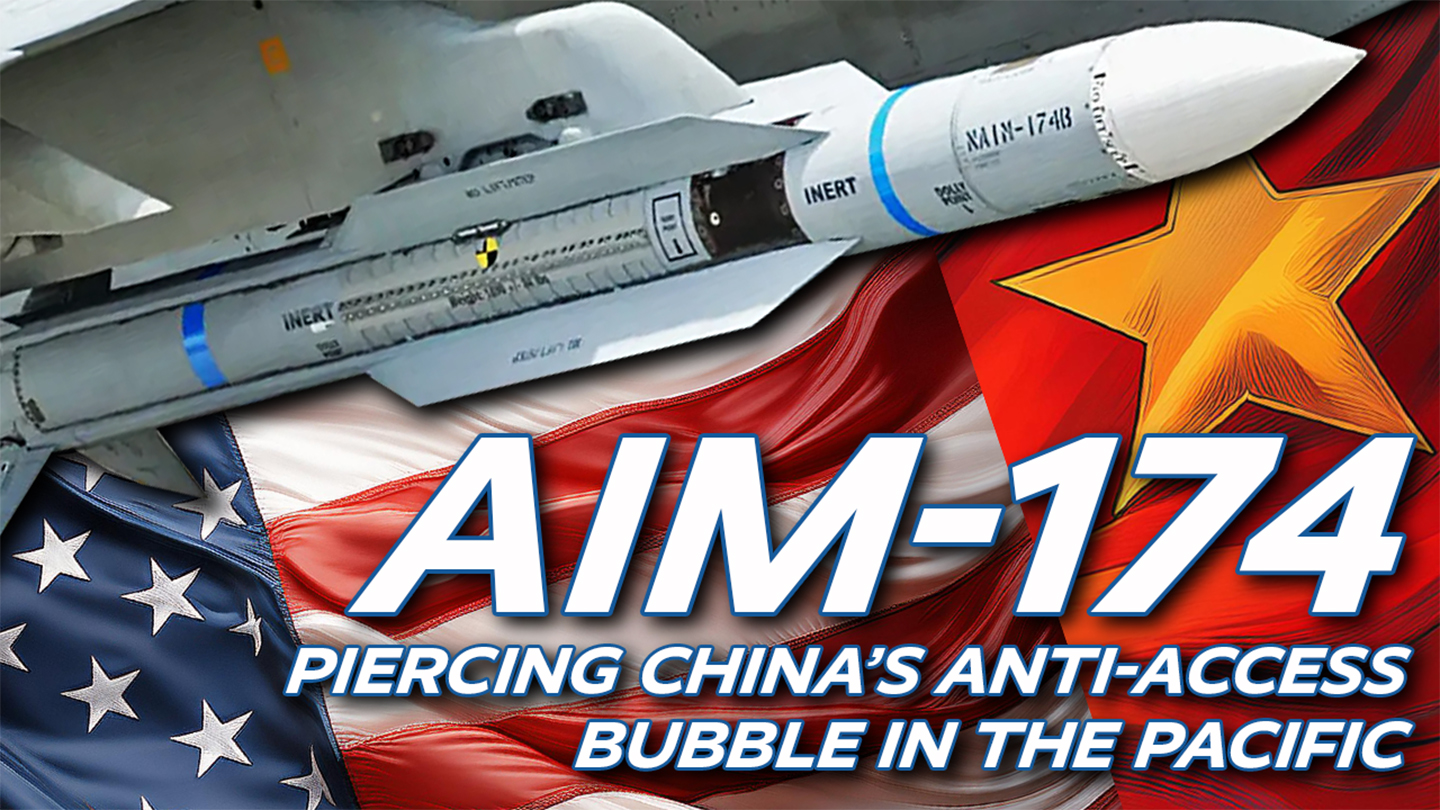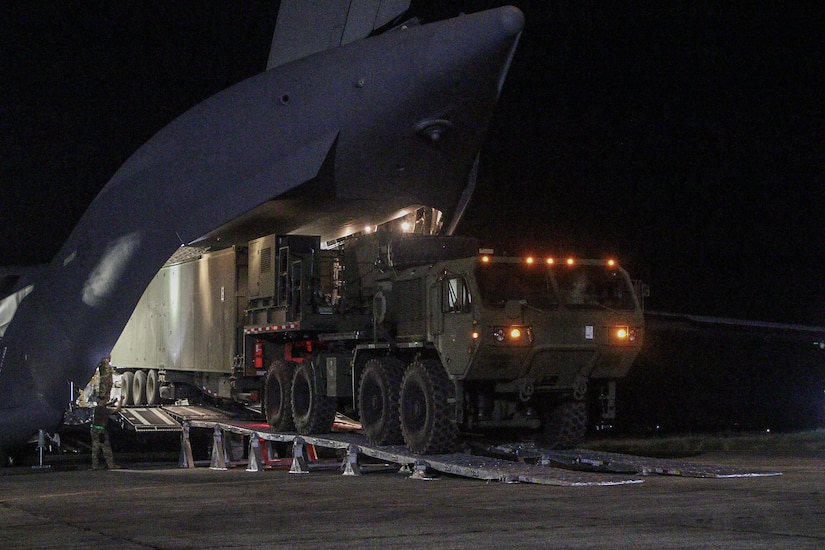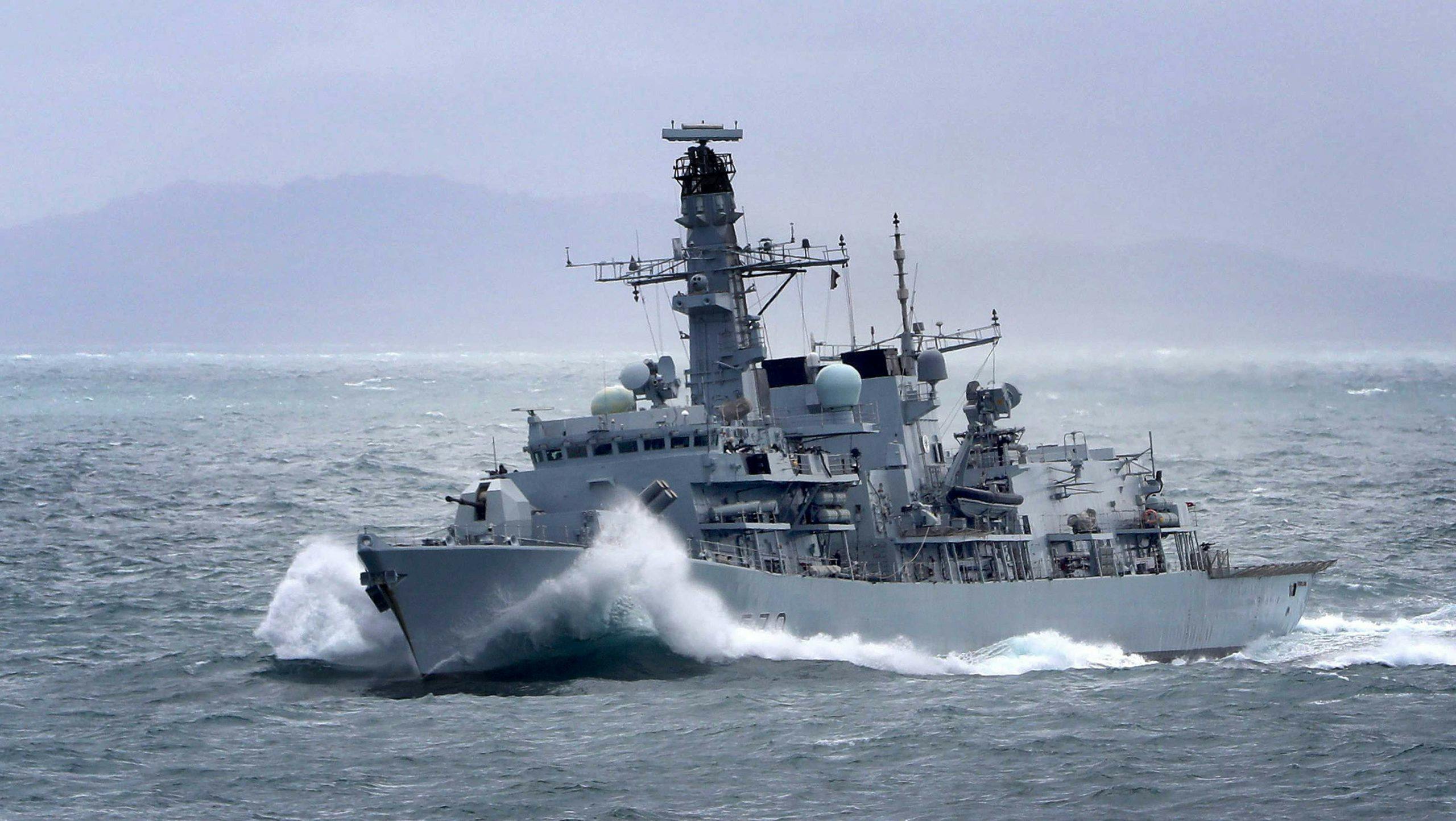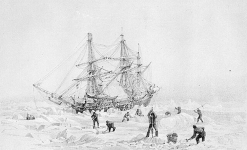- Reaction score
- 8,038
- Points
- 1,160
So....
I have been banging drums about containerized missiles and arctic bases and uncrewed ships as launch platforms - all in terms of the defence of Canada.
And then there is this....

 www.twz.com
www.twz.com
It kinds of breathes new life into something that Wayne Eyre and Anita Anand said at Trenton with respect to IAMD - a long range missile for the Hornets.
I was thinking something along the lines of the AMRAAM family but now.... the SM6 .... a true multi-purpose round.
Even an old F-18 makes a great hot-shot delivery truck to deliver rounds from warehouse to launch point. And we wouldn't have to leave Canadian airspace to bombard Spitzbergen.... And how far into the Pacific littoral can a missile launched from Shemya airspace reach?
The US Army's mid-range solution includes both the SM-6 and the Tomahawk,

If the F18 can carry the Taurus (1400 kg) it can also carry the Tomahawk (1300 kg).
The AIM-174 version of the SM6 apparently weighs around 860 kg.
....
Back to the RCAF to defend Canada....
I have been banging drums about containerized missiles and arctic bases and uncrewed ships as launch platforms - all in terms of the defence of Canada.
And then there is this....

How The Navy's New Very Long-Range AIM-174 Missile Could Pierce China’s Anti-Access Bubble
The AIM-174 is a beast of an air-to-air weapon, but how could it actually be used to maximum effect in a Pacific fight?
It kinds of breathes new life into something that Wayne Eyre and Anita Anand said at Trenton with respect to IAMD - a long range missile for the Hornets.
I was thinking something along the lines of the AMRAAM family but now.... the SM6 .... a true multi-purpose round.
Even an old F-18 makes a great hot-shot delivery truck to deliver rounds from warehouse to launch point. And we wouldn't have to leave Canadian airspace to bombard Spitzbergen.... And how far into the Pacific littoral can a missile launched from Shemya airspace reach?
The US Army's mid-range solution includes both the SM-6 and the Tomahawk,

US Army’s Mid-Range Capability makes its first deployment in the Philippines for Salaknib
In a historic first, the 1st Multi-Domain Task Force successfully deployed the Mid-Range Capability (MRC) missile system to Northern Luzon, Philippines, on April 11, 2024, as part of Exercise Salaknib
www.usarpac.army.mil
If the F18 can carry the Taurus (1400 kg) it can also carry the Tomahawk (1300 kg).
The AIM-174 version of the SM6 apparently weighs around 860 kg.
....
Back to the RCAF to defend Canada....




